Sir Norman: Razzle Dazzle Bus
Razzle Camouflage at work on an urban vehicle
December 6, 2010
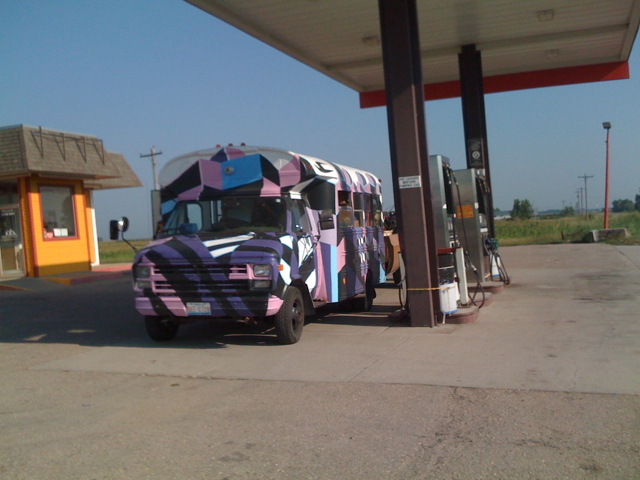
Sir Norman fueling up with trailer in Iowa
Bus name: Sir Norman
Year: 1987
Builder: Chevrolet and Blue Bird
Exterior art: TJ Darwin Stephens and Mike Smith
Design: Mike Smith and TJ Darwin Stephens
Owner: Mike Smith
Photos, copyright where applicable, exclusive to Mike Smith
-
Sir Norman functions as transport for EE Magic Circus Marching Band, aka Environmental Encroachment.
http://www.encroach.net
-
from Wikipedia:
http://en.wikipedia.org/wiki/Dazzle_camouflage

Design Drawings for Razzle Ships
"Dazzle camouflage, also known as Razzle Dazzle or Dazzle painting, was a camouflage paint scheme used on ships, extensively during World War I and to a lesser extent in World War II. Credited to artist Norman Wilkinson, it consisted of a complex pattern of geometric shapes in contrasting colours, interrupting and intersecting each other.
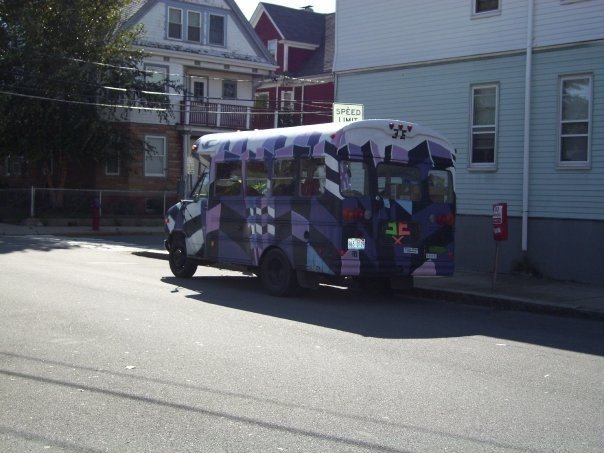
Inconspicuous at HONK Festival in Somerville, MA
At first glance Dazzle seems unlikely camouflage, drawing attention to the ship rather than hiding it, but this technique was developed after the Allied Navies were unable to develop effective means to disguise ships in all weathers. Dazzle did not conceal the ship but made it difficult for the enemy to estimate its type, size, speed and heading. The idea was to disrupt the visual rangefinders used for naval artillery. Its purpose was confusion rather than concealment.[1] An observer would find it difficult to know exactly whether the stern or the bow is in view; and it would be equally difficult to estimate whether the observed vessel is moving towards or away from the observer's position.

USS Charles S. Sperry
Rangefinders were based on the co-incidence principle with an optical mechanism, operated by a human to compute the range. The operator adjusted the mechanism until two half-images of the target lined up in a complete picture. Dazzle was intended to make that hard because clashing patterns looked abnormal even when the two halves were aligned. This became more important when submarine periscopes included similar rangefinders. As an additional feature, the dazzle pattern usually included a false bow wave to make estimation of the ship's speed difficult."

"I swear it was right in front of me???"

Stealth Bus
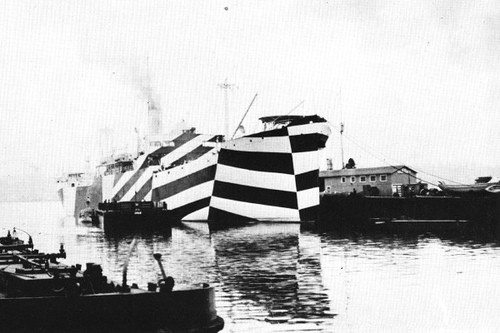
Optical Illusion Art
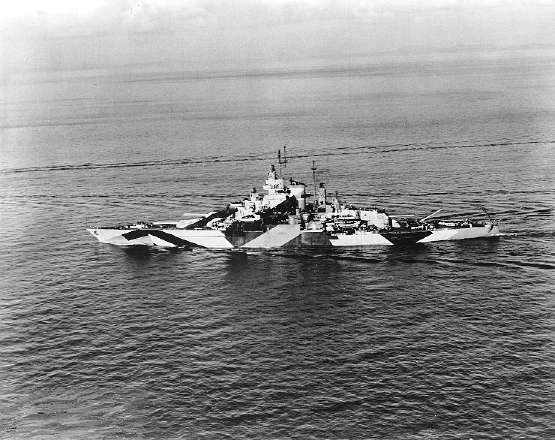
USS California
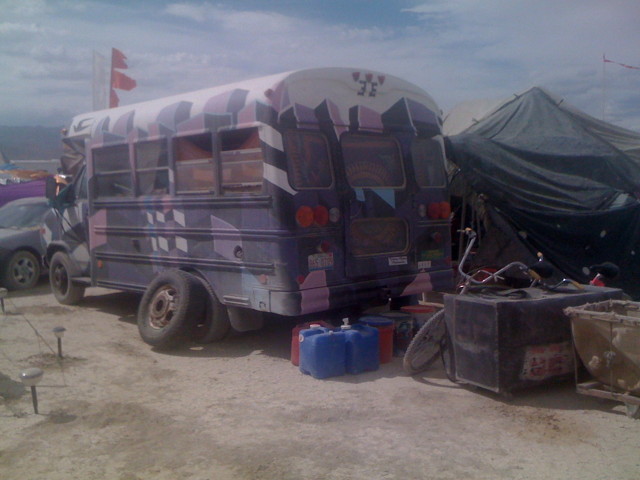
Sir Norman is an anchor for our burning man net and shade super-structure. 2009

Jeff Koon's yacht, "Guilty"
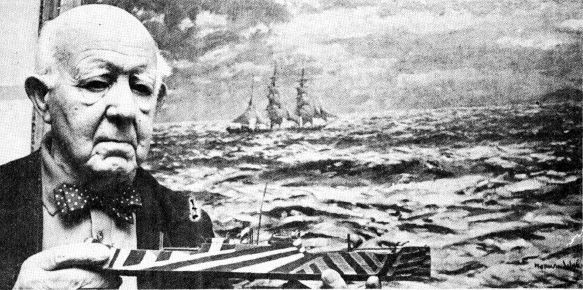
"Sir Norman Wilkinson CBE aka Norman L. Wilkinson (November 24, 1878 - May 31, 1971) was a British artist who usually worked in oils, watercolors and drypoint. He was primarily a marine painter, but he was also an illustrator, poster artist, and wartime camoufleur. During World War I, Wilkinson was the first to propose the use of disruptive coloration in naval camouflage, for which he coined the well-known term "dazzle painting" or dazzle camouflage."
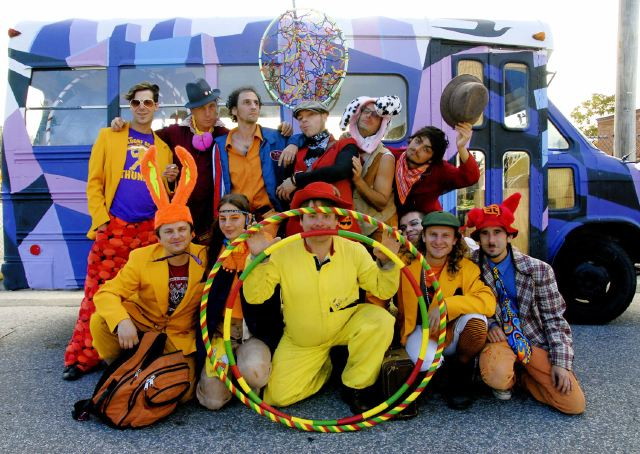
Some folks on tour with Environmental Encroachment Marching Band, 2009
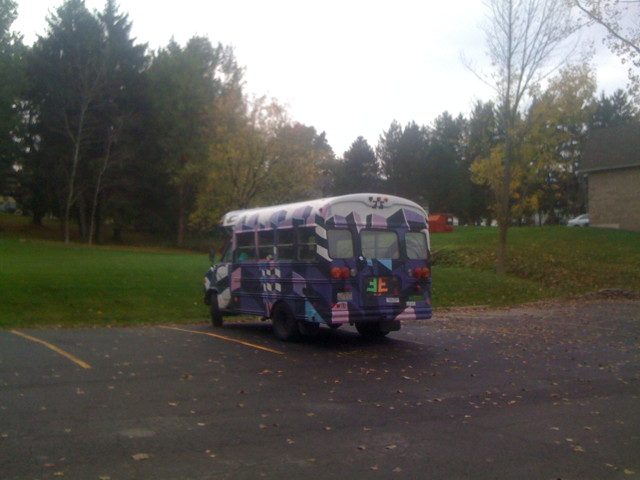
Sir Norman in New York State, 2010
Environmental Encroachment (EE)
Copyright ©1996-2010
3815 West Dickens, Chicago IL 60647












